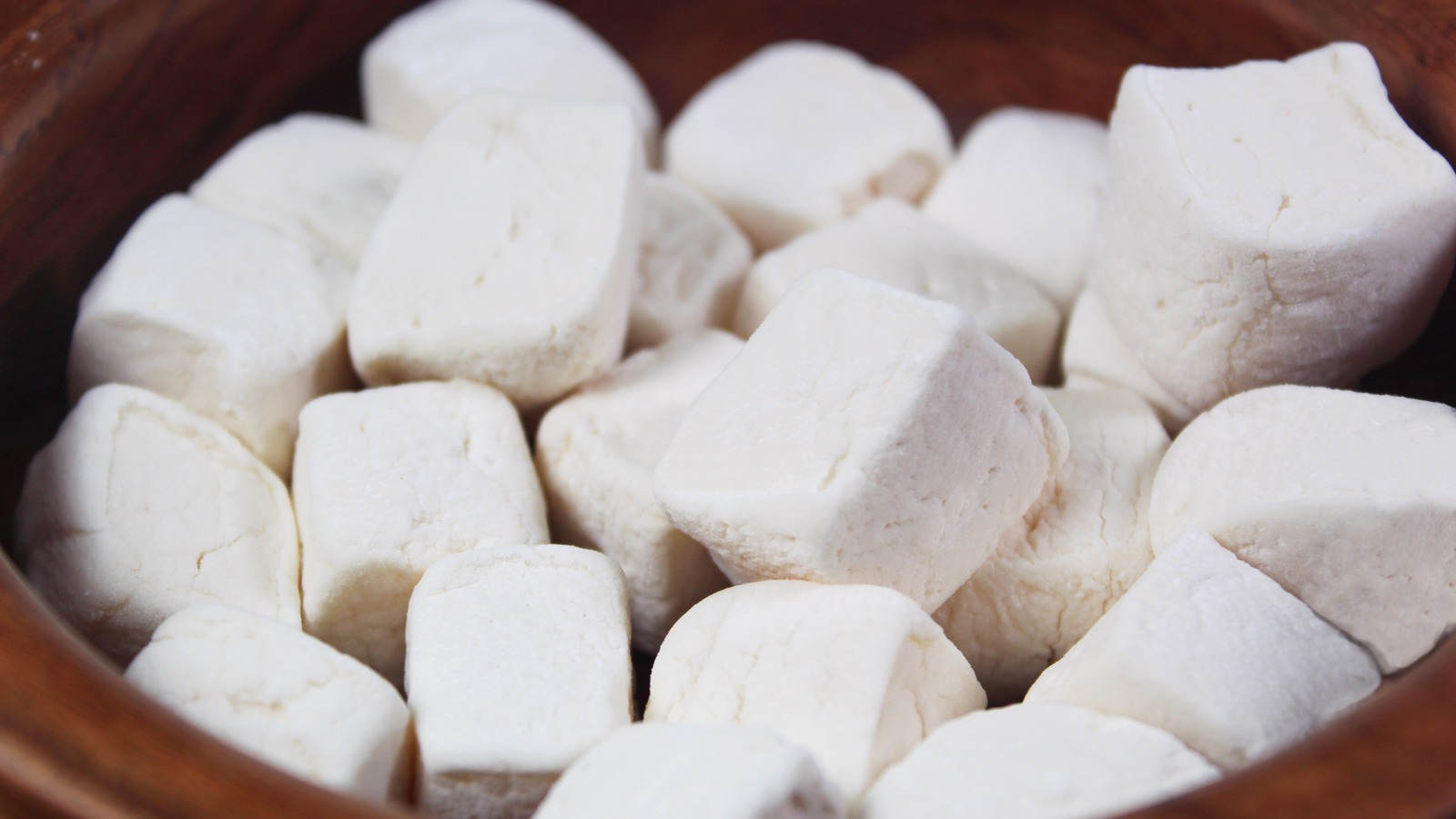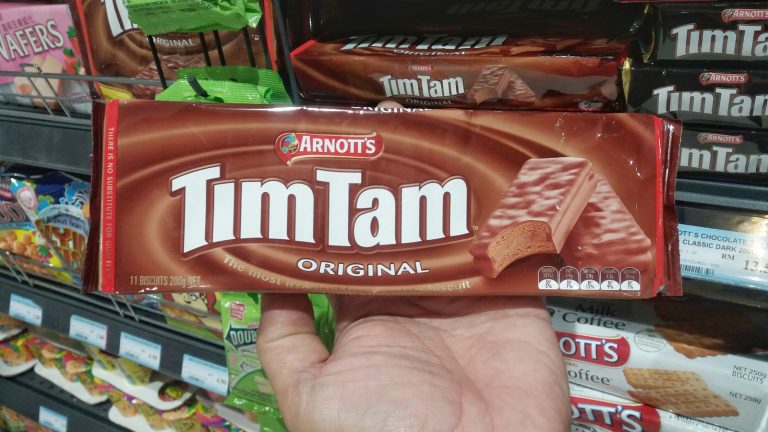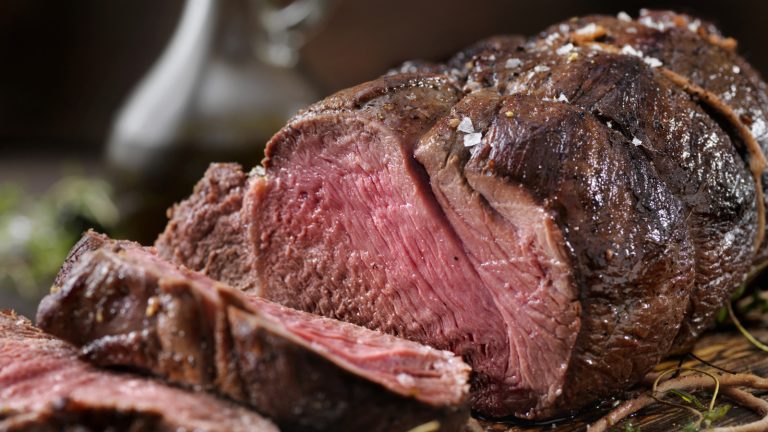There’s nothing like a sticky, sweet marshmallow, whether it’s toasted over a campfire or floating on a cup of steaming hot cocoa. Marshmallows have so many uses in the kitchen that some think they should be a pantry staple. But the marshmallows we have now don’t have marshmallow root in them like the ones that earned them their name.
Today, the primary ingredients are corn syrup, gelatin, sugar, and water. The mixture of gelatin and corn syrup gives marshmallows their soft, pillowy texture, which simulates the original marshmallow. The original confections weren’t as sweet but did boast a few health benefits for consumers that aren’t in the ones we buy from the grocery store now or make in homemade marshmallow recipes.
Marshmallows contained marshmallow root until the late 1800s, when it was discovered that using gelatin instead of marshmallow root created a more stable sweet treat. That led to a change in how marshmallows were manufactured because making them with marshmallow root was time-consuming and had to be done by hand. With the swapped-out ingredients, marshmallow making became more automated.
In the early 1900s, marshmallows made their way to the United States and started becoming more popular. In 1948, Alex Doumak took things even further when he invented and patented a new process that included running the marshmallow mixture through tubes before they were cut into the familiar shape we’re used to seeing today.
What is marshmallow root and how is it used?
The name marshmallow root comes from the marsh mallow plant, scientific name Althaea officinalis. The plant has silvery green leaves and delicate pink-ish or white flowersgrows in marshy areas and is native to Europe, North Africa, and Asia, and can get between four and six feet tall.
So what gave marshmallow root that gelatinous texture that resulted in the original marshmallows? It’s called mucilage, and it’s made by infusing cold water with marshmallow root. After the mixture sits for about six to eight hours (often overnight), it is strained to remove the root fibers, and the result is a slippery, gelatinous liquid that is perfect for making real marshmallows.
Mucilage, which is also found in okra and gives it a slimy texture, has health benefits. It is helpful in soothing stomach irritation, improving gut health, relieving heartburn and indigestion, and even relieving coughs and soothing sore throats. Other benefits of the mucilage from the marshmallow root include soothing skin irritation and promoting wound healing by protecting the area from infection and keeping skin moist.
Marshmallow root use, both for medicinal purposes and for sweet treats, dates back over 4,000 years to the ancient Egyptians. They used the mucilage made from the sweet sap of the marshmallow root to treat sore throats and coughs, and also mixed it with nuts and honey to create sweet treats that were given to Egyptian royalty and offered to their deities.






